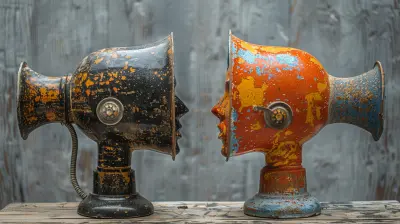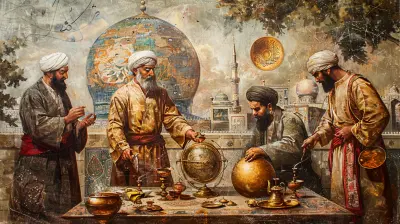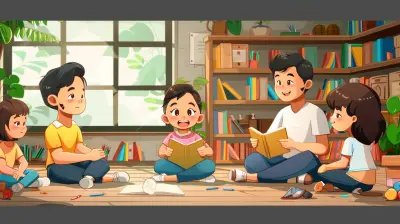Unlocking Creativity: The Role of Art in Early Childhood Education
12 October 2025
Art isn't just about painting a pretty picture or sculpting a masterpiece—it’s a crucial part of a child’s development. In early childhood education, art plays a foundational role in unlocking creativity, enhancing cognitive skills, and fostering emotional growth. But how exactly does it shape young minds? Let’s dive into the magic of art and why it's essential in a child’s learning journey. 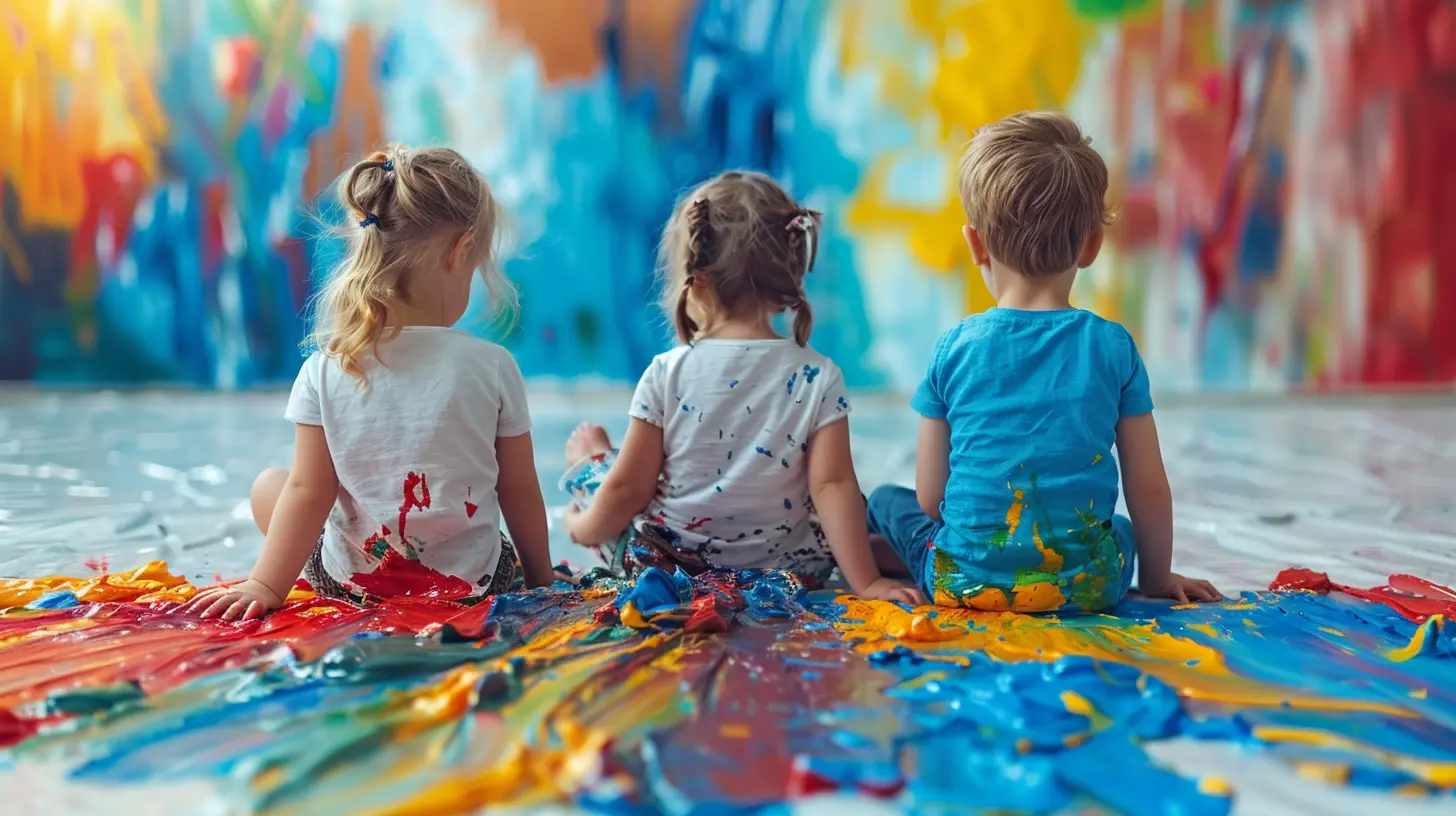
Why Art Matters in Early Childhood Education
When we think of education, structured subjects like math and science often take the spotlight. But creativity, nurtured through art, is just as important. Children are naturally imaginative, and art provides them with a medium to express themselves freely. Through drawing, painting, and crafting, they begin to develop communication skills, critical thinking, and emotional intelligence—all key ingredients for lifelong success.Art as a Language of Expression
Young children may not always have the words to express their thoughts and feelings. Art gives them a voice without needing words. A simple drawing of a house with a big, bright sun could mean happiness, while a dark or scribbled picture might indicate frustration. Art becomes their personal storytelling tool and helps educators and parents understand their emotions better.Encouraging Creativity and Innovation
Art fosters an open-ended approach to learning. Unlike subjects with strict right and wrong answers, creativity thrives in ambiguity. Kids learn that there’s no single way to draw a tree or paint a sunset—there are infinite possibilities! This openness trains them to think outside the box, a vital skill that will benefit them in any career they choose in the future.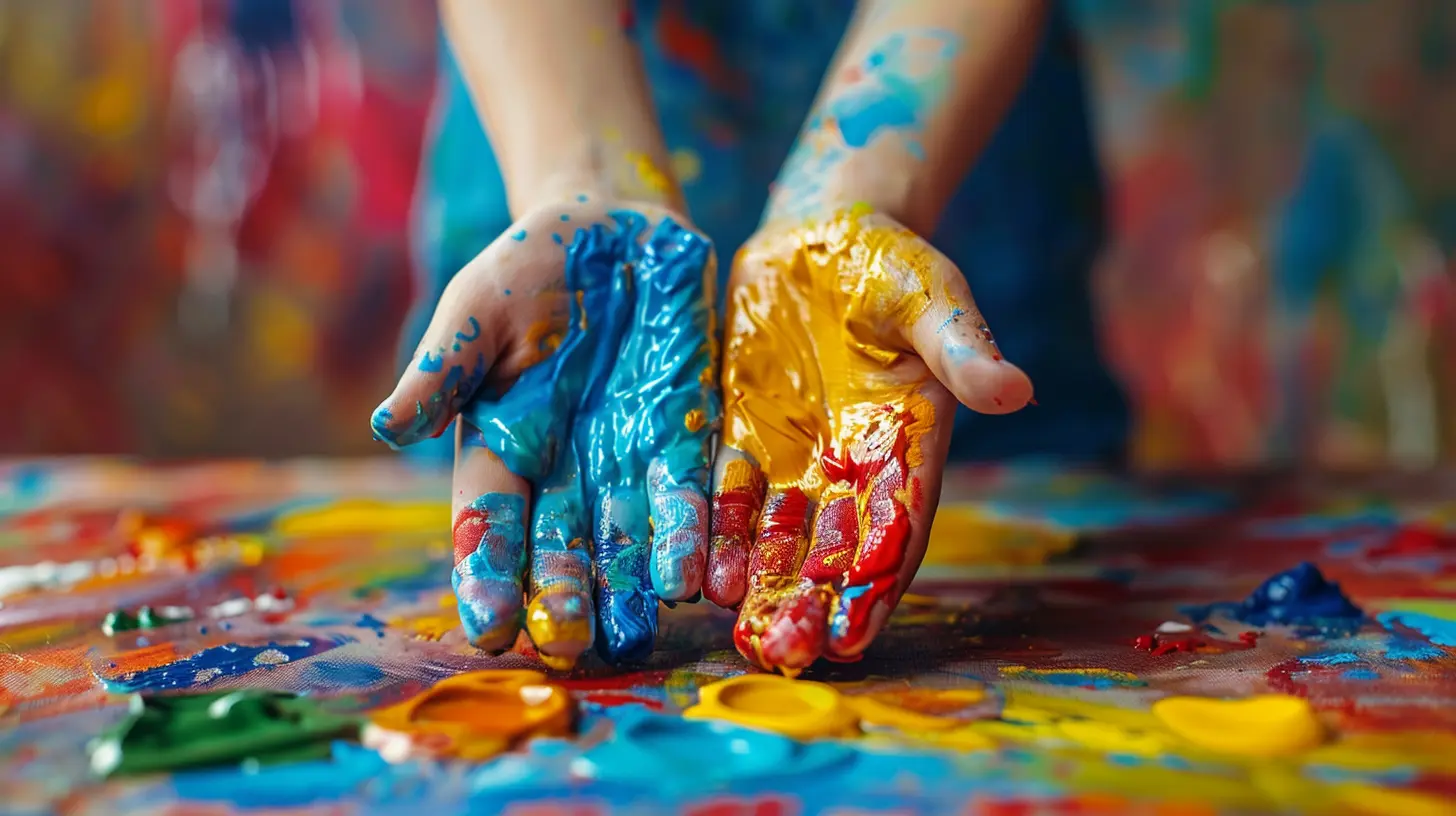
Cognitive Benefits of Art in Early Childhood
Art isn't just fun—it sharpens the brain too! Engaging in artistic activities strengthens fine motor skills, improves problem-solving abilities, and enhances spatial awareness. Let’s break down some of the cognitive perks.Boosting Fine Motor Skills
Ever seen a toddler struggle to hold a crayon? That’s their tiny muscles at work! Scribbling, cutting, and molding clay help develop hand-eye coordination and fine motor skills, which are essential for writing, typing, and even tying shoelaces later on.Enhancing Problem-Solving and Critical Thinking
Art challenges kids to think independently and make decisions. Should they mix blue and yellow to get green for their tree? How can they construct a paper airplane that actually flies? These small but meaningful choices sharpen their problem-solving skills and build confidence in their decision-making.Strengthening Memory and Visual Learning
Children process information visually before they can read or write. Art helps reinforce learning by engaging their visual memory. For example, when they draw a butterfly after learning about insects, they are actively recalling and applying knowledge, making it stick better.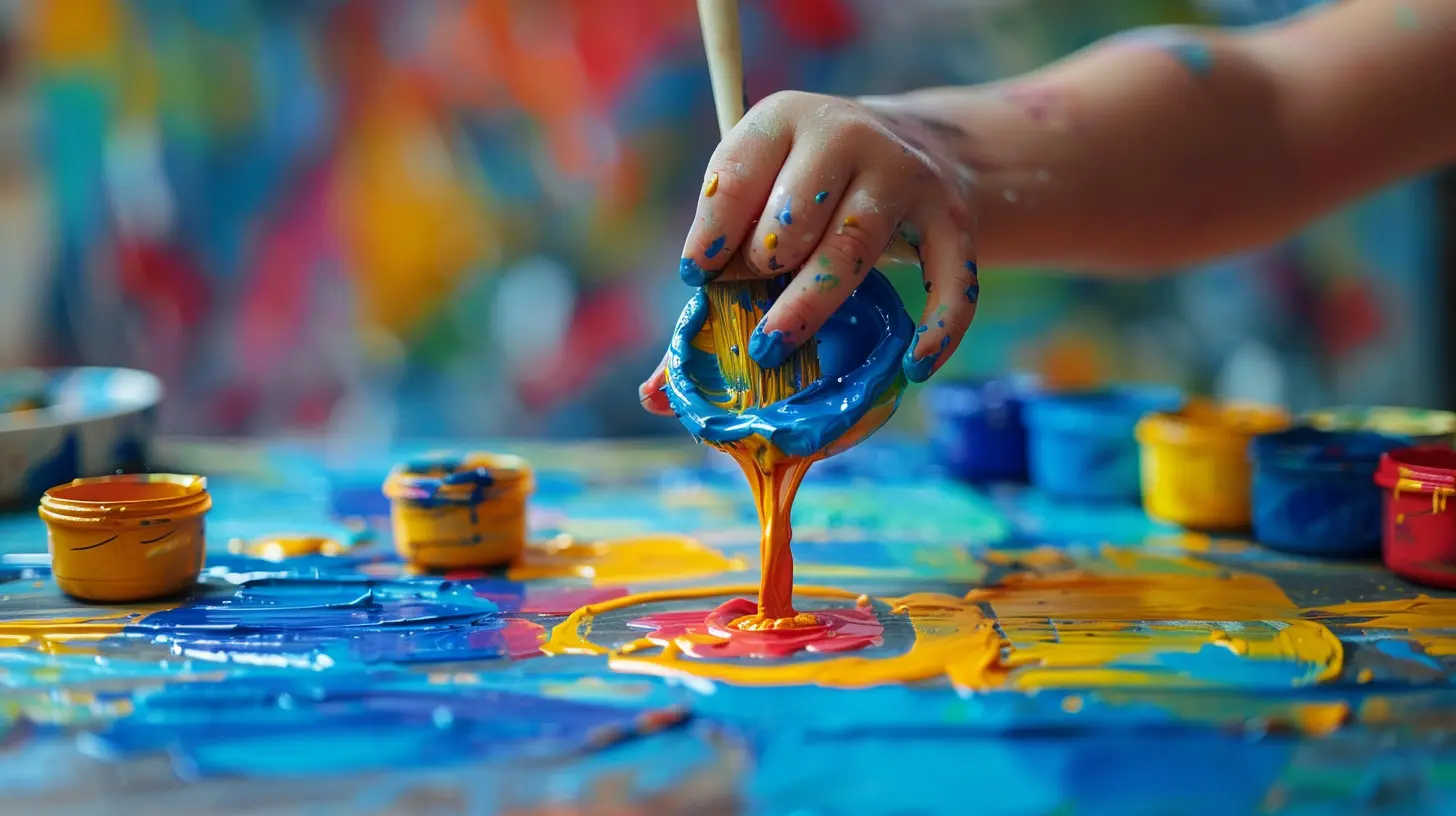
Emotional and Social Growth Through Art
Art doesn’t just work wonders for the brain—it nurtures the heart too. Through artistic activities, children explore emotions, build relationships, and develop a sense of identity.Developing Emotional Intelligence
Art is a safe space for children to release and navigate their emotions. Whether they are feeling happy, sad, or frustrated, creating something allows them to process complex feelings in a healthy way. It teaches them self-awareness and emotional regulation, crucial skills for navigating the world.Fostering Social Skills and Collaboration
Ever watched a classroom of kids working together on a mural? Art teaches teamwork, patience, and communication. When children share materials, exchange ideas, or contribute to a group project, they learn valuable social skills that prepare them for collaborative environments in the future.Building Self-Esteem and Confidence
There’s something magical about seeing a child beam with pride over their artwork. Art offers kids a sense of accomplishment. Whether their drawing looks "good" or not doesn’t matter—the act of creating builds their confidence and encourages them to take risks without fear of failure.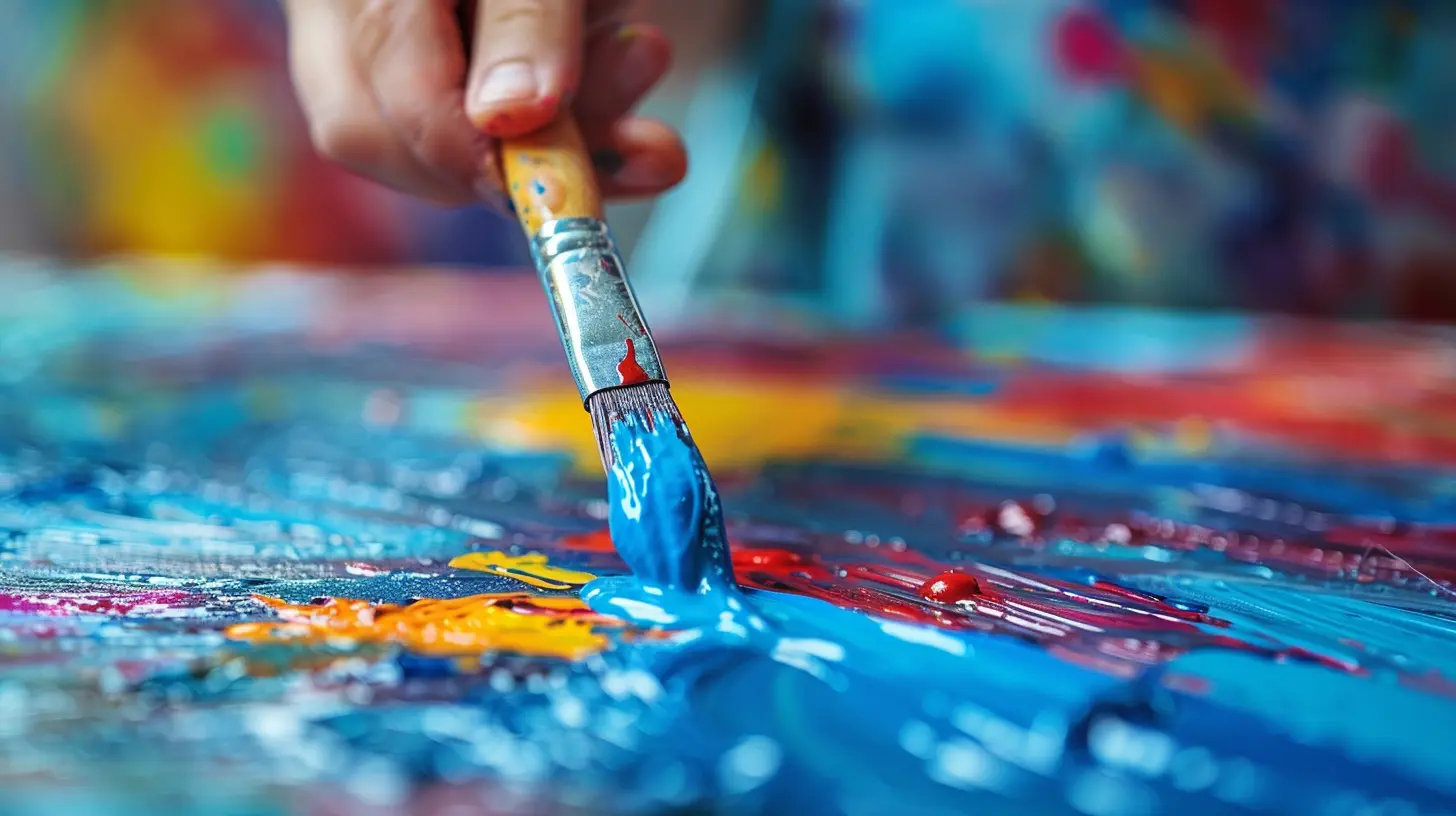
How to Incorporate Art in Early Childhood Education
Now that we know the benefits of art, how can parents and educators nurture creativity effectively? Here are some simple but impactful ways to integrate art into early childhood learning.Provide Open-Ended Art Supplies
Instead of structured coloring books, give children blank paper, various paints, crayons, and craft materials. Let them decide what to create—this freedom stimulates their imagination and decision-making skills.Encourage Process Over Product
It’s not about making a perfect drawing—it’s about the experience. Encourage children to explore, experiment, and enjoy the process rather than focusing on the final outcome. This approach nurtures a love for creativity without pressure.Incorporate Art into Other Subjects
Who says art has to stand alone? Blend it with science, math, or storytelling. For example, have kids draw their own version of a story’s characters or create a visual representation of a mathematical concept. This makes learning more engaging and memorable.Create an Inspiring Environment
Set up an art-friendly space at home or in classrooms where kids feel encouraged to create. Display their artwork proudly—it shows that their efforts are valued and reinforces their confidence.Be Supportive and Engaging
Ask open-ended questions about their artwork: "Tell me about your painting!" instead of "What is that?" This invites children to share their thought process, deepening their connection to their creativity.Overcoming Common Myths About Art in Education
Despite its benefits, art is sometimes overlooked in favor of more "academic" subjects. Let’s bust some common myths:🚫 "Art is just for fun, not learning."
✅ Art enhances cognitive, emotional, and social skills crucial for overall development.
🚫 "Only 'artistic' kids benefit from it."
✅ Every child benefits from creative expression, not just future painters or sculptors.
🚫 "Art takes time away from important subjects."
✅ On the contrary, integrating art with traditional subjects enhances understanding and retention.
Final Thoughts
At its core, art in early childhood education is about more than just colors and crafts—it's about unlocking a world of creativity, curiosity, and confidence. When children are given the freedom to express themselves artistically, they develop skills that extend far beyond the classroom. So, whether it’s finger painting, storytelling through drawings, or building imaginative sculptures, every artistic moment is a step toward a brighter, more creative future.Encouraging creativity isn’t just nice—it’s necessary. Let’s give children the tools to explore, express, and thrive through art!
all images in this post were generated using AI tools
Category:
Art EducationAuthor:

Olivia Chapman
Discussion
rate this article
1 comments
Kael Pope
Art fosters essential creativity skills in children, enhancing their problem-solving and critical-thinking abilities.
October 20, 2025 at 4:24 AM

Olivia Chapman
Thank you for your insightful comment! I completely agree that art plays a crucial role in developing creativity, problem-solving, and critical thinking in children.
